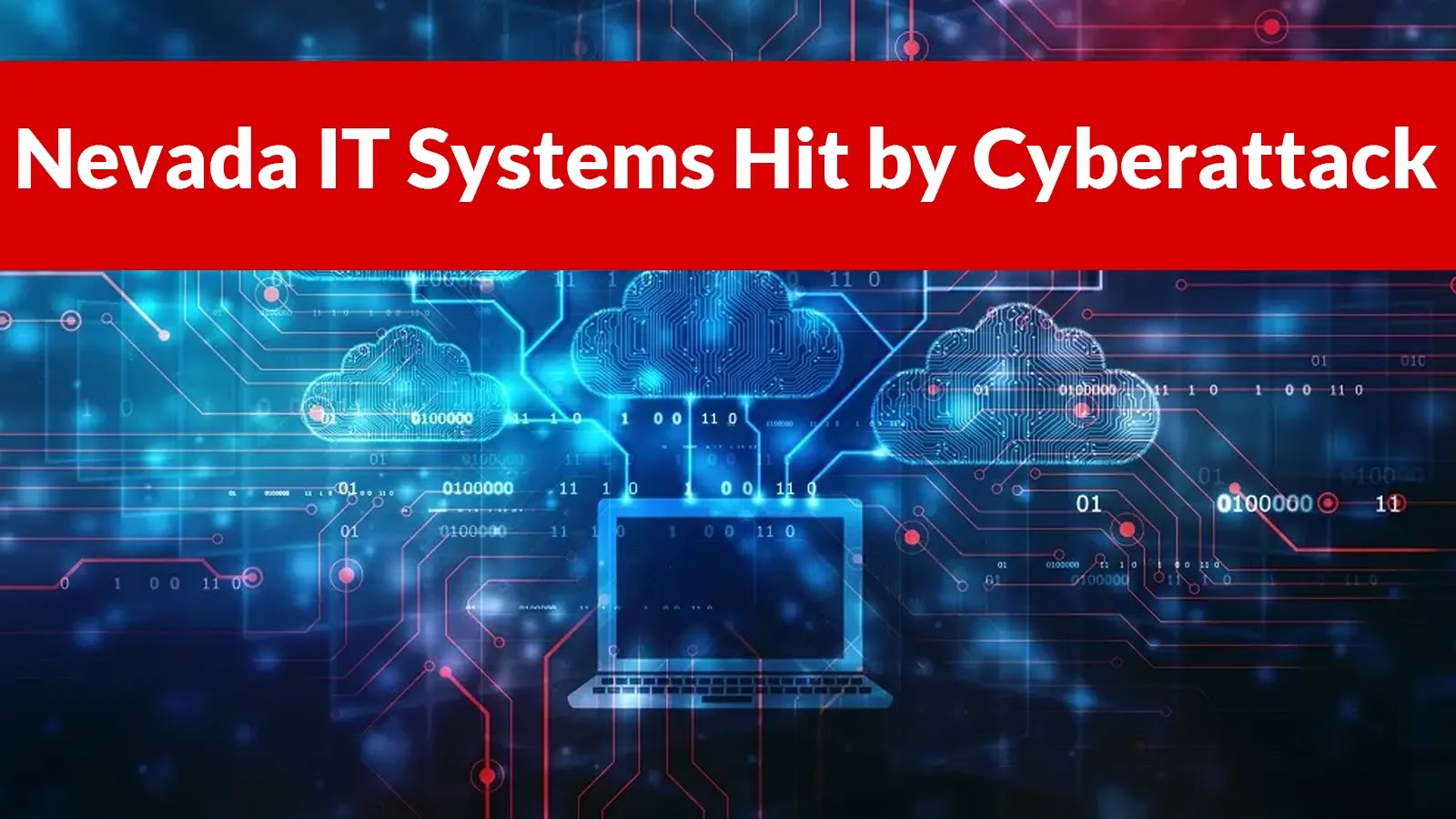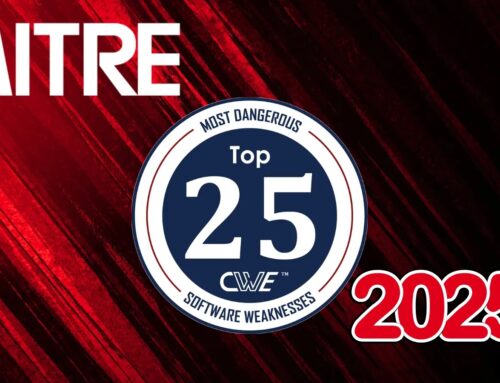
Nevada IT Systems Hit by Cyberattack – State Office Closed for Two Days
The digital landscape is a battlefield, and even the most hardened networks can fall victim to sophisticated attacks. Recent events in Nevada serve as a stark reminder of this enduring threat. A significant cyberattack crippled Nevada’s state government network, forcing a complete shutdown of operations for two days. This incident underscores the critical importance of robust cybersecurity measures and swift incident response.
The Nevada Cyberattack: A Detailed Breakdown
On August 24, Nevada found itself under siege by a cyberattack that brought state services to a grinding halt. The initial intrusion vector was identified as the exploitation of an unpatched VPN gateway. This critical vulnerability provided the attackers with an unhindered initial foothold on the internal network. Within hours of gaining access, threat actors deployed a custom malware payload, escalating the severity of the attack and disrupting vital IT systems across state agencies. The widespread impact necessitated the closure of all state office branches for a full 48 hours, highlighting the disruptive potential of such sophisticated intrusions.
The Gateway to Compromise: Unpatched VPN Vulnerabilities
The exploitation of an unpatched VPN gateway is a common tactic employed by adversaries. VPNs, while essential for secure remote access, become critical points of failure if not meticulously maintained. An unpatched vulnerability acts as an open door, bypassing perimeter defenses and granting direct access to internal network resources. While the specific CVE associated with the exploited VPN vulnerability in this incident has not been publicly disclosed at the time of writing, it serves as a potent reminder for organizations to prioritize timely patching and vulnerability management. Historical examples like the Pulse Connect Secure VPN vulnerability (e.g., CVE-2019-11510) demonstrate the potential for widespread compromise when such weaknesses are left unaddressed.
Disruptive Payloads: The Role of Custom Malware
Once inside the network, the attackers deployed a custom malware payload. The nature of “custom malware” implies a tailor-made solution designed to evade detection by standard antivirus and endpoint detection and response (EDR) solutions. Such malware can perform a variety of malicious activities, including data exfiltration, system encryption (ransomware), or establishing persistent backdoors for future access. The rapid deployment of this payload suggests a well-planned attack with clear objectives, aiming to maximize disruption and impact within a short timeframe.
Remediation Actions and Proactive Defense
Responding to an incident like the Nevada cyberattack requires a multi-faceted approach, but proactive measures are paramount to prevent future occurrences. Organizations, especially government entities, must implement stringent security protocols.
- Patch Management: Establish and enforce a rigorous patch management schedule for all network devices, operating systems, and applications, particularly for externally exposed services like VPN gateways.
- Vulnerability Scanning: Conduct regular, automated vulnerability scans and penetration tests to identify and remediate weaknesses before adversaries can exploit them.
- Network Segmentation: Implement network segmentation to limit the lateral movement of attackers even if an initial compromise occurs. This isolates critical systems from less sensitive areas.
- Endpoint Detection and Response (EDR): Deploy advanced EDR solutions capable of detecting and responding to custom malware and anomalous activities at the endpoint level.
- Security Awareness Training: Continuously train employees on cybersecurity best practices, including identifying phishing attempts and maintaining strong passwords.
- Incident Response Plan: Develop, test, and regularly update a comprehensive incident response plan to ensure a swift and organized response to security breaches.
- Multi-Factor Authentication (MFA): Implement MFA for all remote access points, including VPNs, to add an extra layer of security against compromised credentials.
Essential Tools for Vulnerability Management & Detection
Effective cybersecurity relies on a combination of robust processes and powerful tools. Here are some categories and examples of tools critical for mitigating risks highlighted by the Nevada incident:
| Tool Category | Specific Tool Name | Purpose | Link (Example) |
|---|---|---|---|
| Vulnerability Scanner | Nessus | Comprehensive vulnerability assessments and auditing. | https://www.tenable.com/products/nessus |
| Vulnerability Scanner (Open Source) | OpenVAS | Framework for vulnerability scanning and management. | https://www.openvas.org/ |
| Endpoint Detection & Response (EDR) | CrowdStrike Falcon Insight | Detects and responds to advanced threats on endpoints. | https://www.crowdstrike.com/products/endpoint-security/falcon-insight-xdr/ |
| Intrusion Detection System (IDS) | Suricata | Real-time intrusion detection, inline intrusion prevention, network security monitoring. | https://suricata-ids.org/ |
| Security Information & Event Management (SIEM) | Splunk Enterprise Security | Collects, analyzes, and correlates security data for threat detection and incident response. | https://www.splunk.com/en_us/software/splunk-enterprise-security.html |
Lessons Learned from the Nevada Incident
The cyberattack on Nevada’s IT systems serves as a critical case study for cybersecurity professionals globally. It highlights several key takeaways:
- No organization is immune to cyberattacks, regardless of size or sector.
- Unpatched vulnerabilities, especially those in exposed services like VPNs, remain a primary entry point for adversaries.
- The speed with which attackers can move from initial compromise to widespread disruption is a critical factor in incident severity.
- The impact of a significant cyberattack extends beyond technical systems, affecting public services and trust.
Prioritizing cybersecurity investments, fostering a culture of security awareness, and maintaining a state of continuous vigilance are not merely best practices; they are necessities in today’s threat landscape.





